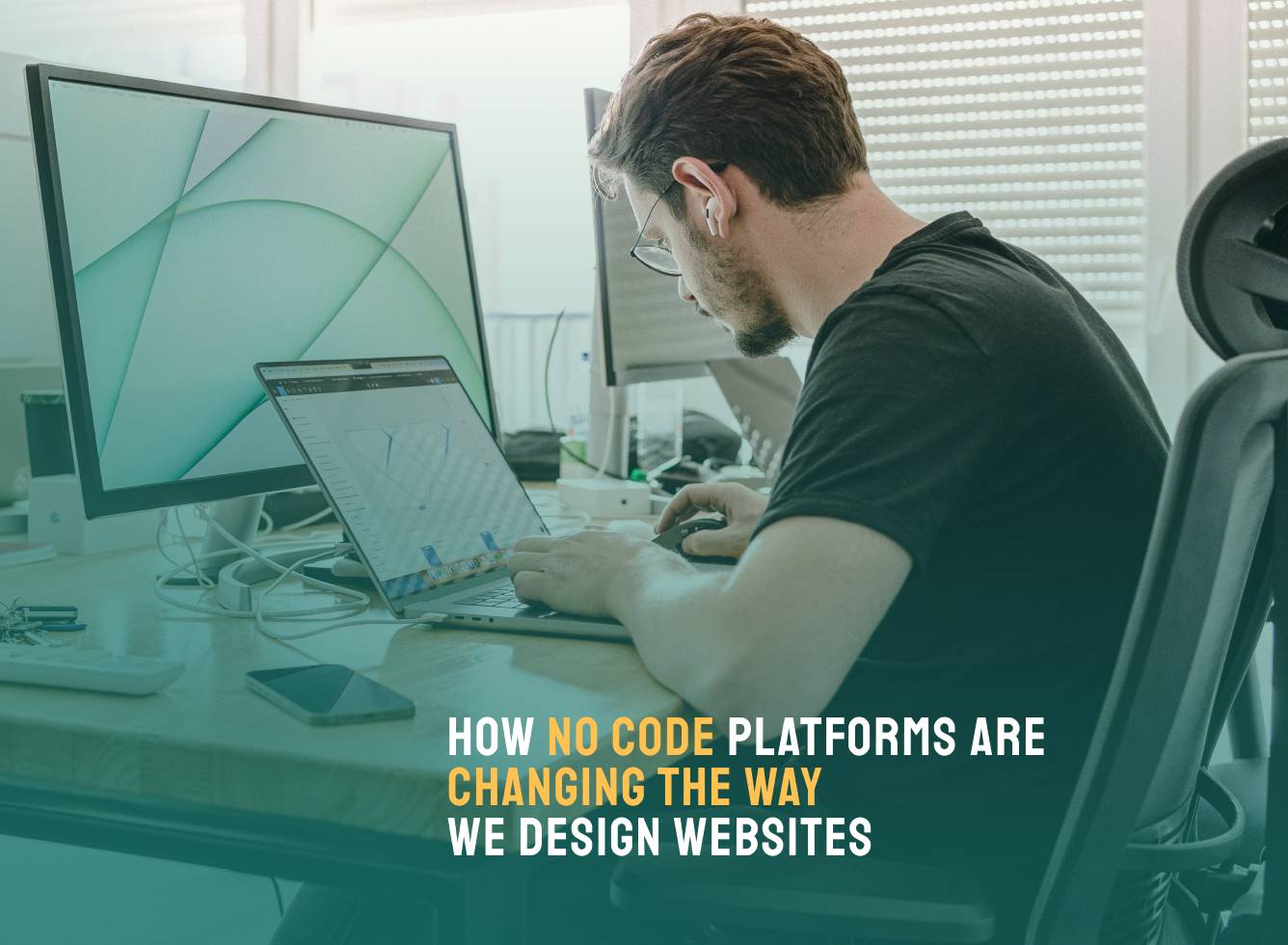How to Attract Visitors Telling a Story in Your Web Design

Since man began to paint caves, stories have captivated us. A couple of red buffalo on a stone wall kept us on our toes at the time. Today, those instincts remain – but our expectations have evolved. This is where storytelling intersects with eCommerce website design.
Continuing with the simile… the web page is that modern and technological stone wall where we’ll draw users’ attention with red buffaloes. This technique is a great way to accomplish different goals:
- Entertain your audience
- Educate
- Arouse your values
Given the ability to captivate readers, marketers have relied on storytelling in recent years to attract more visitors and share information about their brands in a more appropriate and effective manner. This technique is also known as Storybranding. Vsourz, eCommerce UX design experts, want to help you put it into action on your website.
Nowadays, UI/UX design services use storytelling to establish an emotional connection with audiences and deliver an enhanced user experience. Here’s a closer look at how this approach works in practice.
Don’t worry.
I’ll go over this in detail.
First Step: Who are Your Readers?
The first thing you must do, just like a writer, is determine who your web page’s “readers” will be. Are they young? Then perhaps you require a more visually appealing website, with vibrant colours and a modern layout. Are they adults or the elderly? Then a more sober and straightforward design would be ideal for sharing your message. Another personal characteristic to consider is your audience’s educational level: make sure they can interact with your website easily and simply.
That is, any design is valid. The most important factor to consider first is always the same: your target audience. Once you’ve determined who they are, you should consider the best way to approach them. Using a lot of images, text, or videos? Everything at the same time?
“We are visual animals, and we love stories”
Our brain devotes about 25% of its activity and more than 30 different areas to visual perception. According to recent research, humans can recall over 2,000 images accurately. In contrast, very few people stop to read the text on a website: we tend to scan. That is why web designers use techniques like eye tracking to ensure that the most important information reaches users’ minds. The F or Z patterns, for example, are well-known patterns for organizing web content.
Today, designers are also experimenting with newer scroll-based storytelling patterns – such as parallax effects and layered animations – which allow users to explore content in a more immersive, narrative-driven way.
That is exactly the point. How can you make your website content fit into these reading patterns in terms of UI / UX? Here are some expert recommendations:
- Keep line lengths within 50–75 characters to support easier reading.
- Use a clear visual hierarchy to guide attention – headlines, short paragraphs, and imagery should work together to support the story.
- Combine text with supporting visuals using modern patterns such as Z-patterns, card layouts, or scroll-triggered modules depending on your message.
- Design layouts using responsive grids that ensure content adapts well across devices – prioritising readability and accessibility at every size.
It’s also time to think about the appealing elements that will quickly catch your readers attention. That literally refers to visual elements that can support the text and help to build your story branding via UI / UX. Some examples are:
- Type of font
- Spacing
- Colours
- Images
- Videos
- Infographics
Remember that, from a marketing standpoint, the goal of visual storytelling is to improve the user experience and communicate a clear brand message to potential customers. For example, picture in your mind the website of a children’s education centre. The colours will most likely be primary and pastel, and the font will be rounded and friendly.
Only by making these choices you can ensure that users understand exactly what your brand is communicating to them.
Second Step: Don’t Forget About the Emotional Part
Don’t ignore something basic. Stories captivate us for a reason: they have a soul, and the emotion they evoke in us is that soul. A story or a novel are not simply words huddled together on a page. They exist for a reason. What do they make us feel? Sadness, fear, laughter, tension, or joy? The secret ingredient is establishing an emotional connection with visitors.
In this regard, the first thing we must determine is the personality of our brand. The tone and content strategy will be established here by the UX Writer, ensuring that all text on your website adheres to the same standards. One way to improve your website user experience is to ensure that the tone of your website and the tone of your brand are consistent.
Think beyond just the copy – the emotional tone should also extend to micro-interactions, animation timing, and even sound design where appropriate. These subtle details can reinforce the emotional connection and shape how users feel as they move through your website.
“The secret ingredient is the emotional connection with visitors”
To summarize, we make an emotional connection with our users after capturing their attention with the right visuals, words and layout.
Final Step: Let Customers Become the Heroes of the Story
Characters are necessary for a good story to come to life. Make your customers feel like the heroes of your story. This motivates them and makes it easier for you to direct their actions on your website. You tell your users what you want them to do on your website by using Calls to action.
Do you sell online? Assist them in making the purchase process as simple as possible. Are you a charitable organization? Inform them of how they can help your cause.
“Make your customers feel like the heroes of your story”
Bringing Storytelling Into Today’s Web Design
Web storytelling goes far beyond static content and bold visuals. Today’s websites are becoming more cinematic, data-aware, and accessible. Whether it’s tailoring homepage messaging based on visitor location or guiding users through scroll-triggered animations, storytelling has evolved into a dynamic and interactive tool.
Designers now blend creativity with behavioural insights, crafting experiences that feel personal and purposeful – not just pretty. From eco-conscious brands using earth-tone colour palettes to AI-driven personalisation shaping content journeys, modern storytelling is more strategic than ever.
Planning your brand story and adapting it to the UI/UX design may appear difficult, but mastering these simple steps can make it far easier to build an emotional connection with your target audience. Working with a web design team that understands both creative communication and user experience strategy can help bring that narrative to life with clarity and intent. Contact us today to discover how our web design team can support your next digital project.



